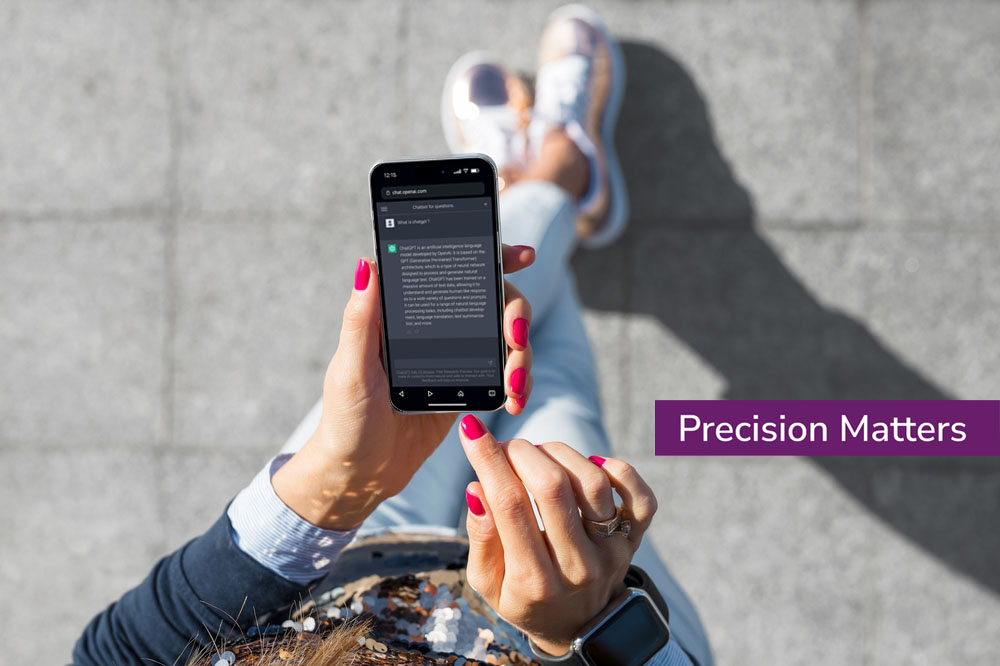
Performance Coaching
Performance coaching often goes beyond a focus on ‘classic’ professional skills. To unlock an employee’s potential, a performance coach needs to dive more deeply into the experiences and mentality of the coachee. It can be a very personal process – it’s why the fit between coach and client needs to be highly compatible. Before investing in this type of coaching, organizations need to be sure they can source coaches who establish strong chemistry with the employees.
What Is Performance Coaching?
Performance coaching is a long-term, one-on-one engagement where the coach and client work together to optimize the employee’s ability to perform or function within their company. From the organization’s point of view, the objective of performance coaching is to give an employee all the tools and support they need to maximize their contribution to the business. Given the considerable expense of this type of coaching, it is usually allocated to managers, executives, and other leaders.
Why Is Performance Coaching Important?
Upper-level managers, executives, and, in particular, CEOs/owners are often in a unique position. Everybody relies on them, but they cannot really rely on anybody when they run into difficulties. Due to their seniority, there are very few people in the organization who are willing or able to critique their performance. And there might not be anybody equally or more qualified than they are to provide direction.
For these reasons, many leaders stall when they reach a certain position within a company. According to research from the Corporate Executive Board, within 18 months of promotion, approximately 60% of executives fail in their duties. The fact that many managers barely receive any management training is another issue.
Coaches are ideal in this situation. The guidance that coaches provide can help leaders find the best solutions for the challenges they face. “Clean” coaches – those who have no experience in the industry where their client works, and who have no preconceptions – cannot (and should not) influence their client. Instead, by working closely with the client, they can move them towards discovering and dealing with the barriers which are preventing optimal performance.
Of course, leaders who are already working at a decent level can still sharpen their leadership skills and interpersonal relationships with a performance coach.
How Does Performance Coaching Work?
Performance coaches use a variety of methods to become familiar with the client, identify their challenges, and guide them to solutions. They enter the coaching engagement with the mindset that solving performance issues takes time–and often needs to go through several repetitions before the employee’s output is noticeably improved. Here is one example of a commonly practiced process:
Familiarization
First, the performance coach investigates the client’s reason for initiating the engagement as they work together to formulate a set of development goals. Essentially, they are attempting to boil down the client’s situation into granular challenges. For instance, a coach will ask the client about the major problem they are facing, what their goals are in this situation, and what they expect will change if they reach their goal. Employees usually face more than one challenge, but they learn how to work through them one at a time according to priority.
Background
Next, the performance coach tries to determine how the client reached this point. A major objective during this stage is to separate external effects from the client’s own performance and skills. For instance, if the business has recently suffered a loss, the performance coach will try to find out if this is the fault of the executive’s actions or if the problem would have occurred regardless of who was in charge.
Solution Formulation
This step is based on the classic coach-client dynamic. The coach does not tell the employee what they need to do. Instead, they ask questions, listen to and evaluate answers, and repeat the process until a clear solution is devised.
Action Planning
Once a potential solution is decided upon, the coach and client build an action plan. The action plan should be based on clearly defined steps and timelines. It often turns out that the client needs to change an aspect of their behavior, ask for some organizational commitments, and develop skills, particularly soft skills. For each of these activities, the coach and client need to determine how the employee and/or the organization will act towards fulfilling the step in question. For instance, if the client needs a communication course, who will provide the course, and how will the client fit the course into their schedule? In addition, over the course of the ‘action’ stage, the coach and client should meet regularly to discuss progress, the effectiveness of the process, and future needs.
Discover the Performance of Growthspace
For performance coaching, Growthspace connects renowned experts with clients in need of the ‘perfect fit,’ which is fundamental for the intimate coach-client relationship. Growthspace enables companies to deploy precisely the learning and development programs necessary for individual achievement, but on a company-wide scale. Put together, Growthspace’s L&D platform supplies skill development experts who teach and encourage high-level performance from their coachees.


